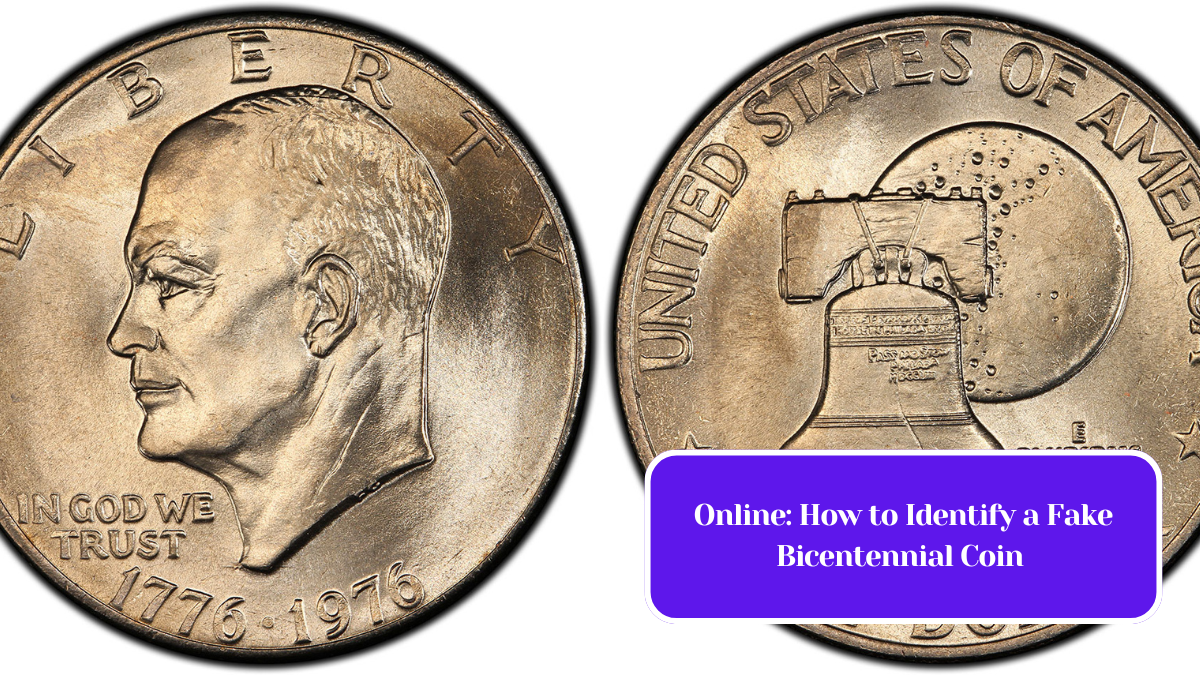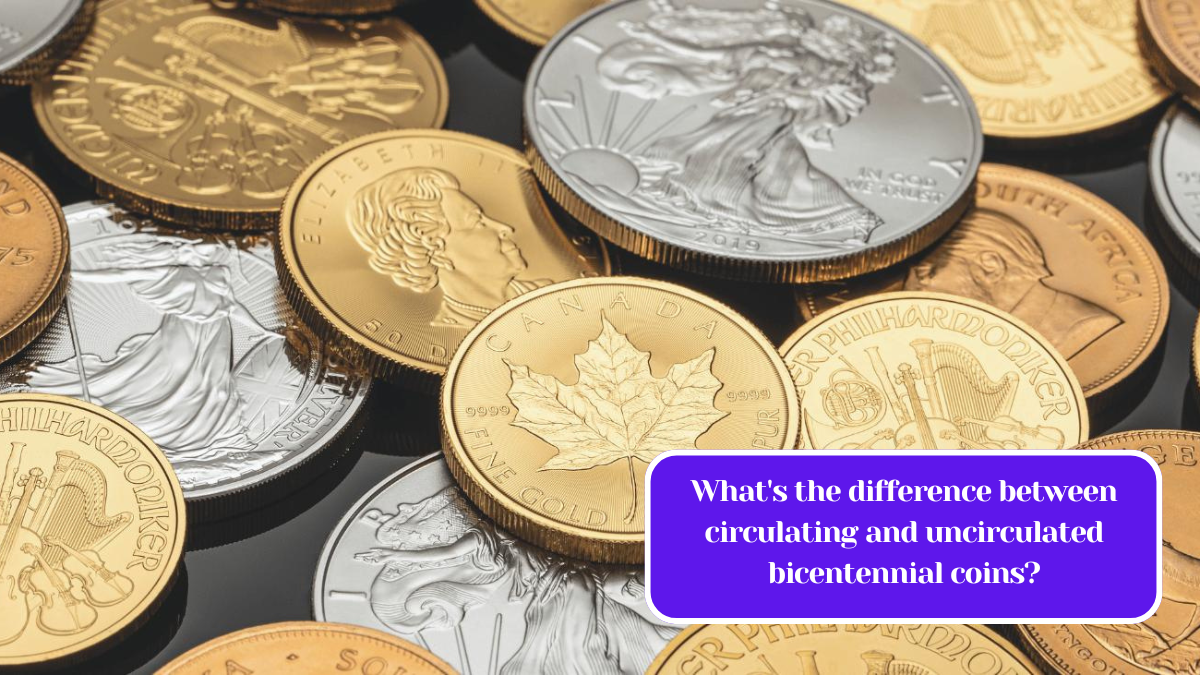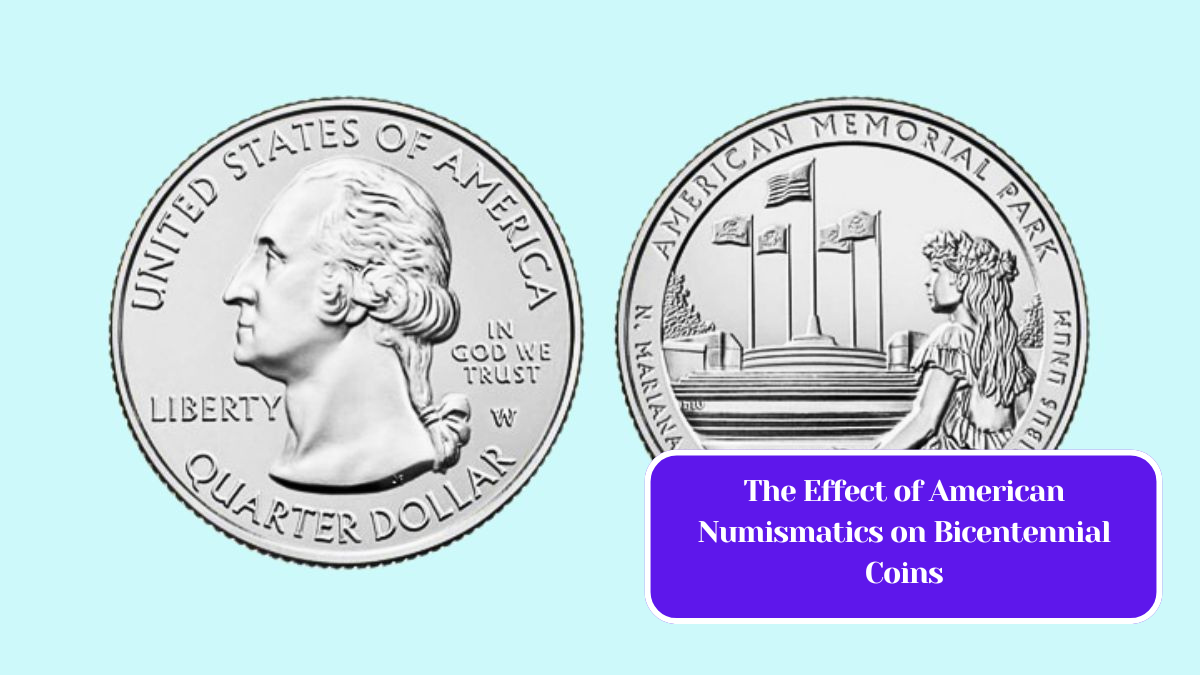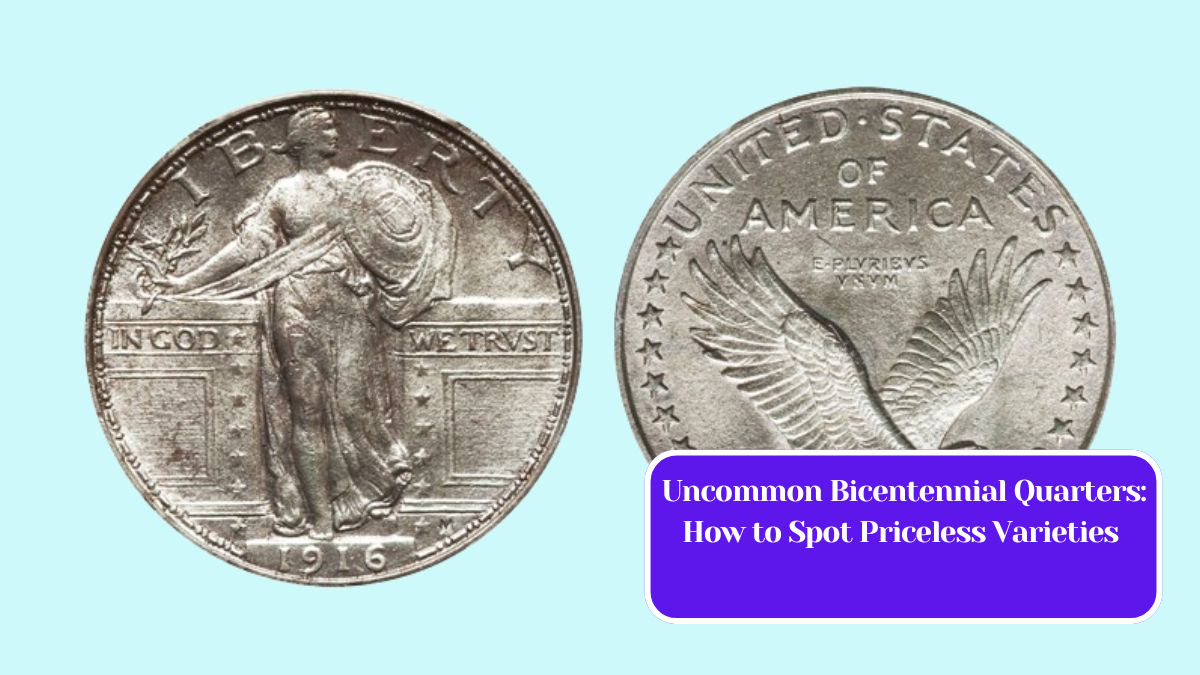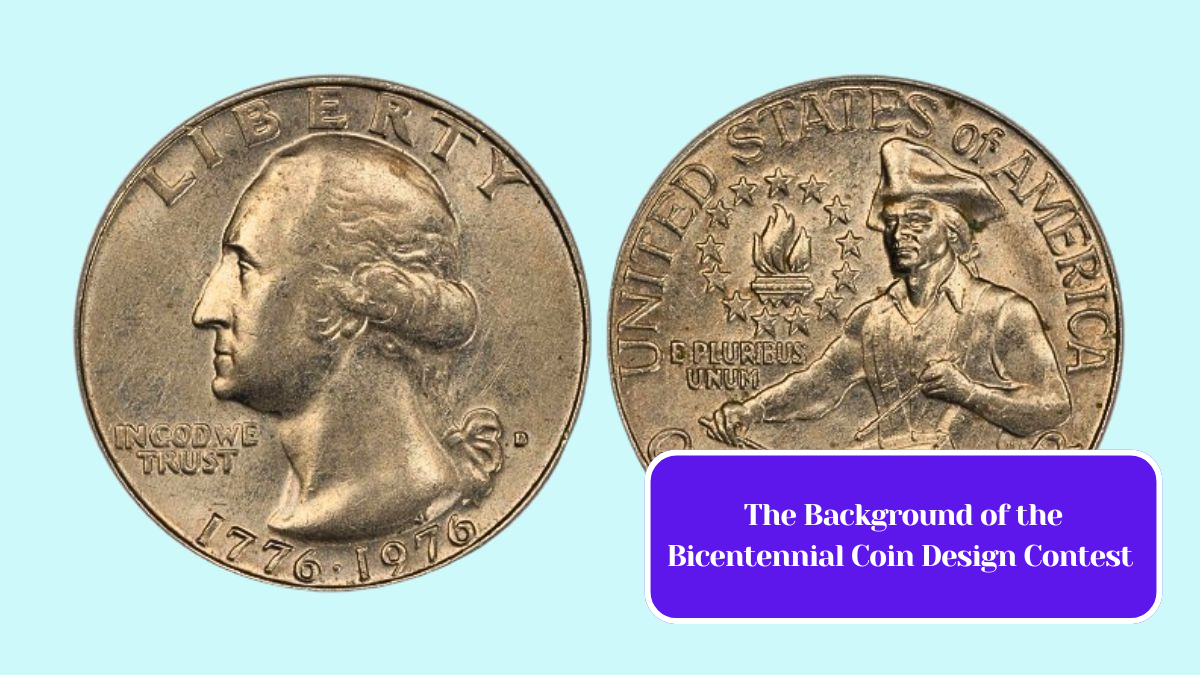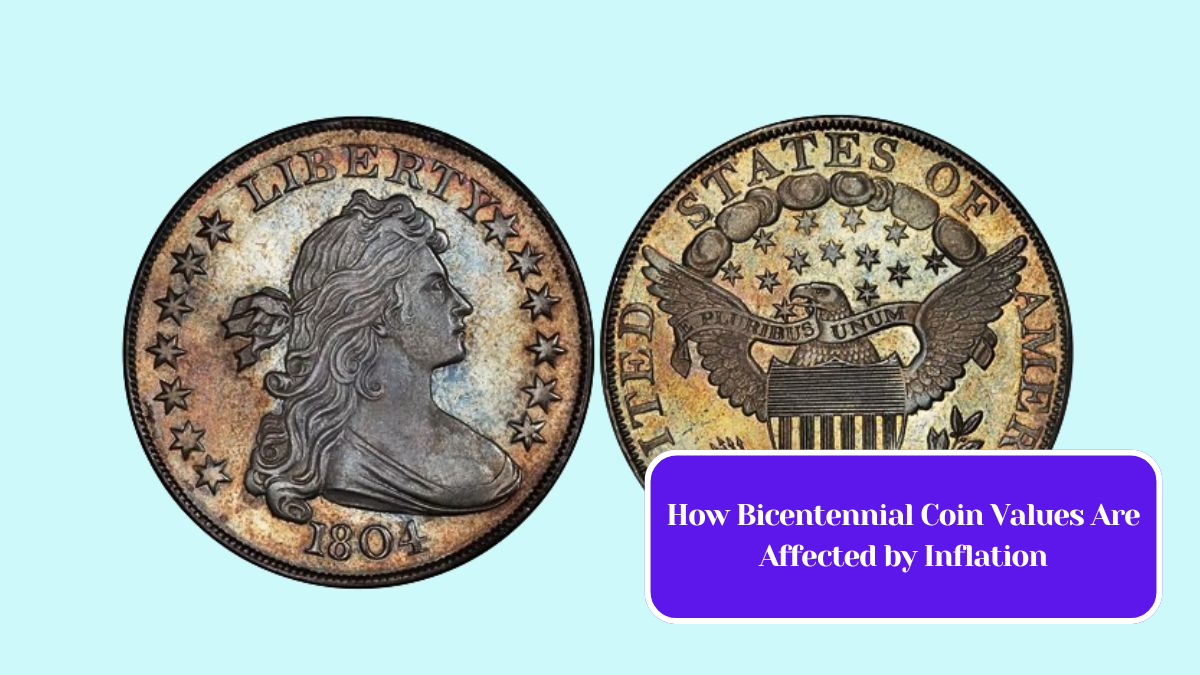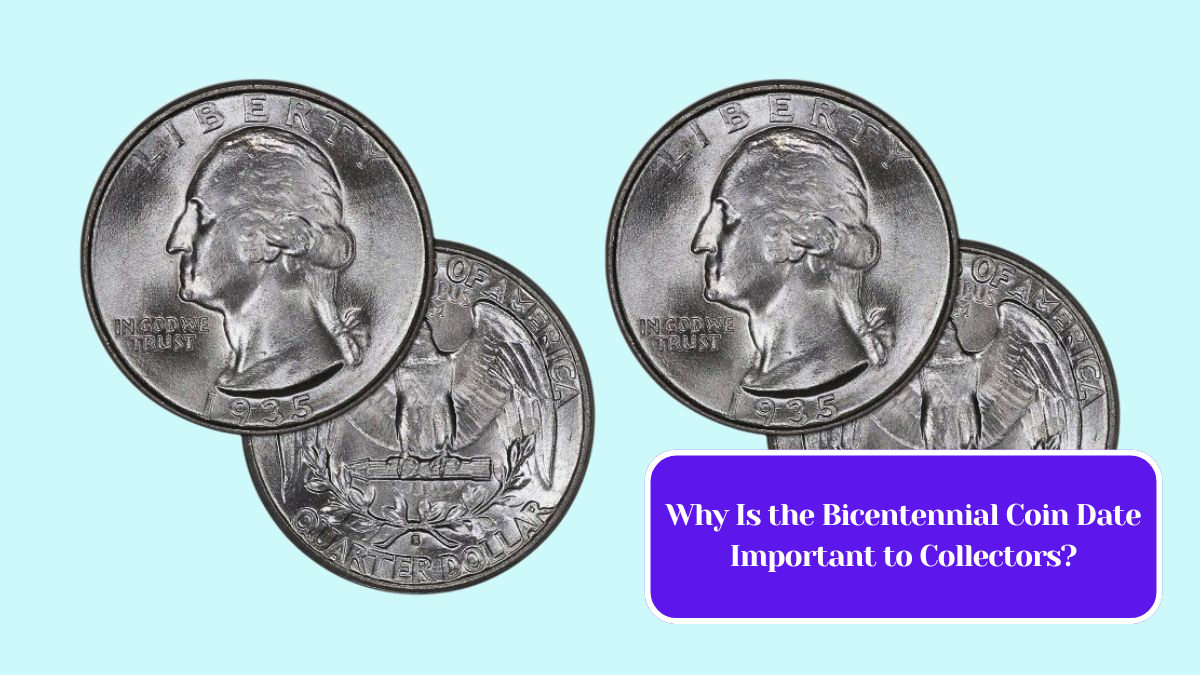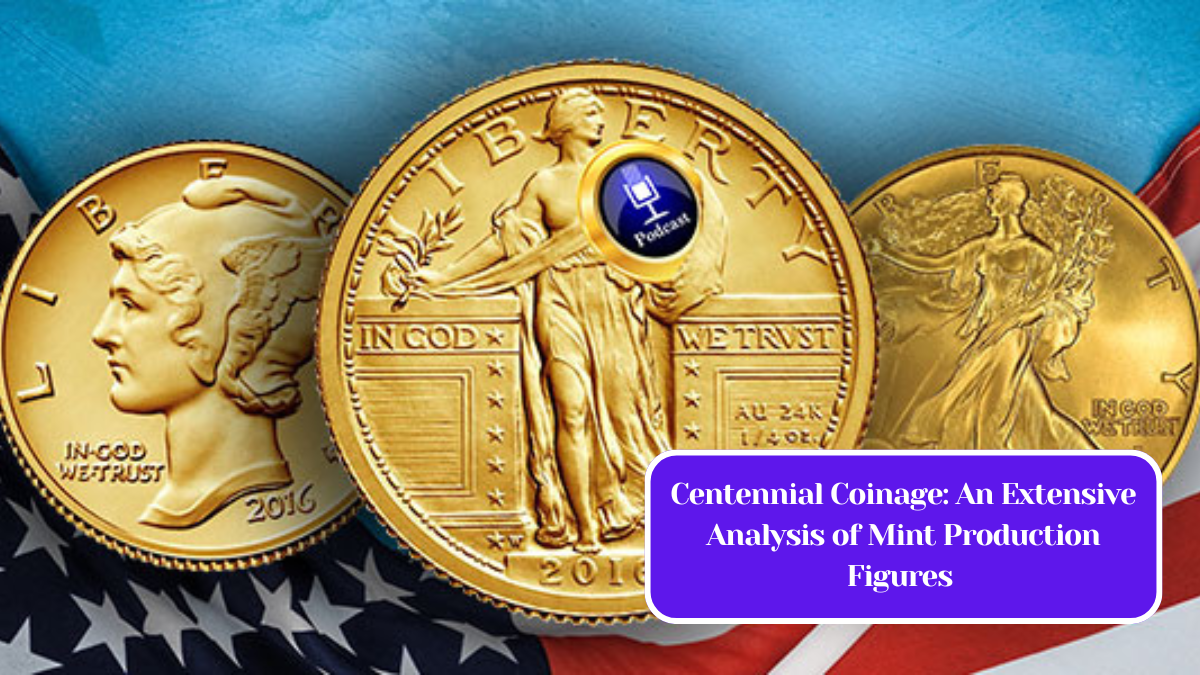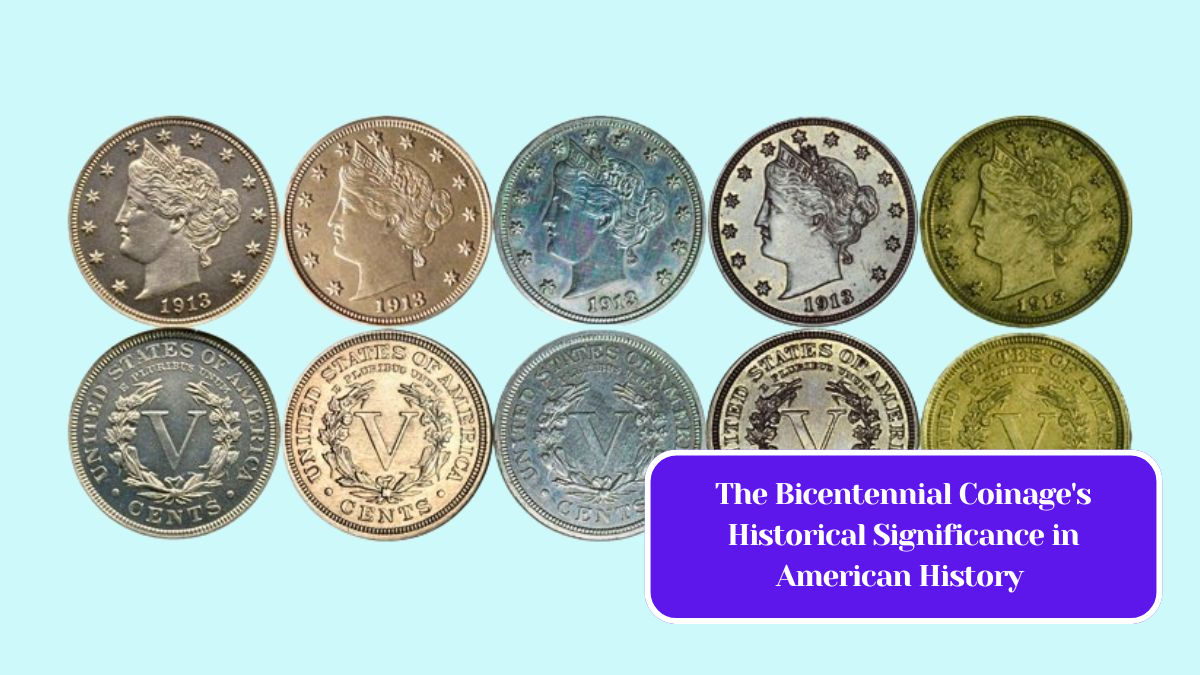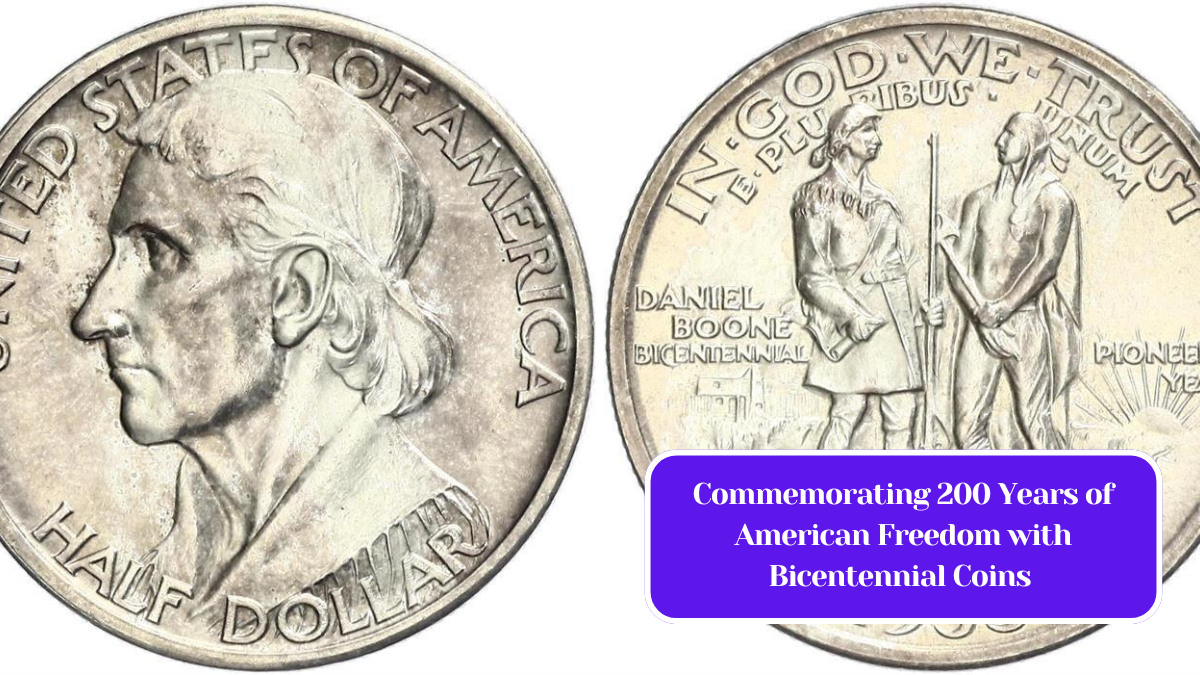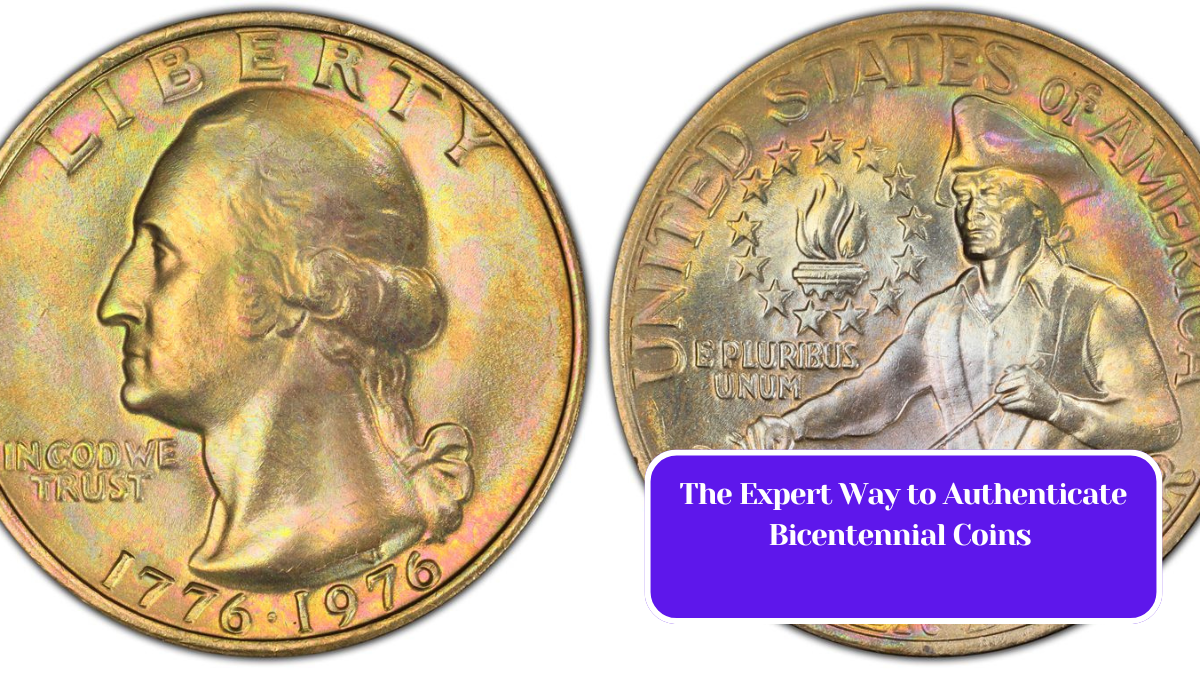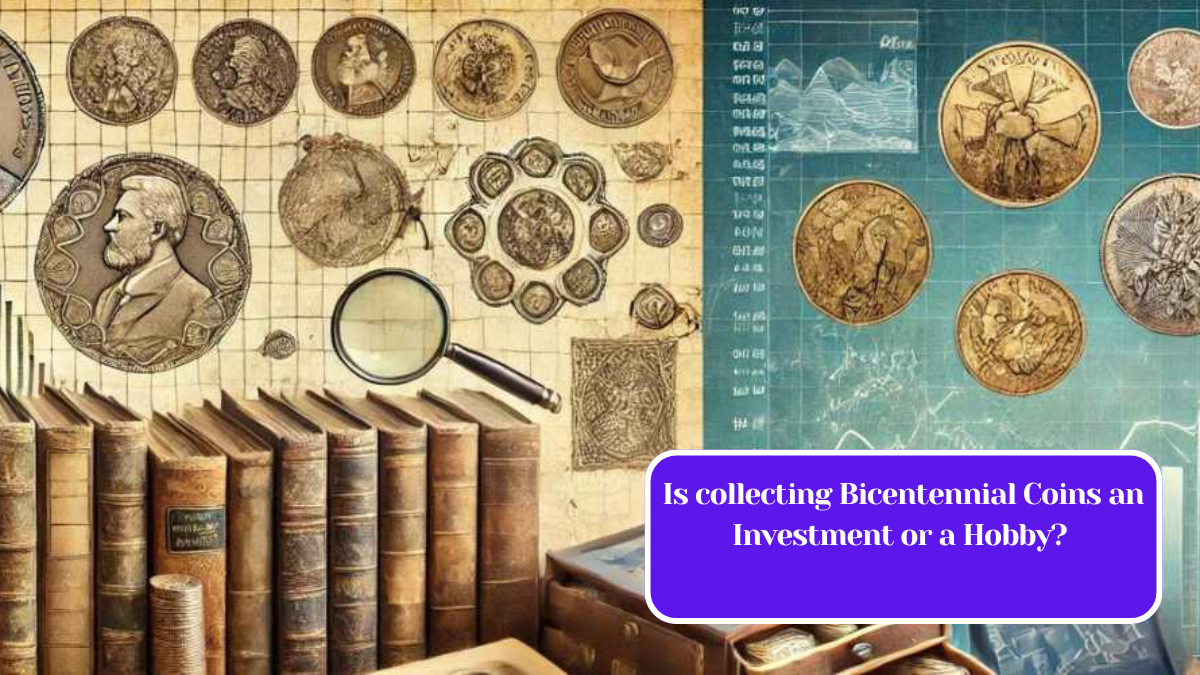The Bicentennial Coin, minted in 1976 to commemorate America’s 200th anniversary, remains a popular collectible among numismatists and casual collectors alike. However, with its popularity comes the risk of counterfeits. Whether you’re looking to enhance your collection or just want to ensure that your coin is genuine, it’s crucial to know how to identify a fake Bicentennial coin. Here are some key tips to help you spot a counterfeit.
Understanding the Bicentennial Coin
The Bicentennial Coin refers primarily to two coins: the 1976 quarter and the 1976 half dollar, both of which feature unique designs that celebrate America’s independence. The quarter features a drummer from the Continental Army on the reverse, while the half dollar showcases Independence Hall.
1. Check the Mint Mark
Authentic Bicentennial coins have specific mint marks that indicate where they were produced. Common mint marks include:
- P for Philadelphia
- D for Denver
- S for San Francisco (typically found on proof coins)
Counterfeit coins often lack these mint marks or display incorrect ones. Always check the reverse side of the coin for the mint mark’s clarity and placement.
2. Examine the Weight and Size
Bicentennial quarters should weigh 5.67 grams and have a diameter of 24.26 mm, while half dollars weigh 11.34 grams and have a diameter of 30.61 mm. Use a precise scale and caliper to measure your coin. If the weight or dimensions are off, it could be a sign of a counterfeit.
3. Inspect the Design Details
Take a close look at the coin’s design. Authentic Bicentennial coins will have crisp, clear details. Check for:
- Clarity of inscriptions: The text should be sharp and well-defined.
- Image quality: The drummer and Independence Hall should be distinct without any blurring or indistinct features.
Fakes may have poor-quality strikes, leading to fuzzy or missing details.
4. Look for the Edge Type
Bicentennial quarters and half dollars have distinct edge designs. The quarter features a reeded edge, while the half dollar also has a reeded edge but may include different characteristics. A counterfeit might have an inconsistent or non-standard edge.
5. Use a Magnet
Bicentennial coins are made of a copper-nickel alloy. A simple magnet test can help you determine authenticity; authentic coins should not be magnetic. If your coin is attracted to a magnet, it’s likely a fake.
6. Professional Grading Services
If you’re still unsure about the authenticity of your coin, consider sending it to a professional grading service. Organizations like the Professional Coin Grading Service (PCGS) or the Numismatic Guaranty Corporation (NGC) can verify your coin’s authenticity and provide a grade, which can enhance its resale value.
7. Research and Education
Familiarize yourself with authentic coins by studying reference materials, guides, and online resources. Websites dedicated to numismatics often feature high-resolution images of genuine Bicentennial coins for comparison. The more you know, the better equipped you’ll be to spot a fake.
Collecting Bicentennial coins can be a rewarding hobby, but it’s essential to remain vigilant against counterfeits. By following these tips—checking mint marks, weighing and measuring, inspecting design details, conducting magnet tests, and utilizing professional services—you can ensure that your collection remains genuine. Happy collecting!
